Nikon Laser 1000A S Review
Nikon Laser 1000A S
A super easy to use and ruggedly built laser rangefinder. Perfect for budding golfers and explorers.
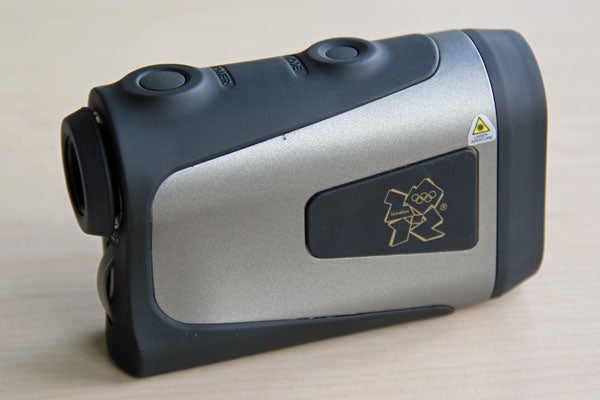
Verdict
Pros
- Incredibly easy to use
- Fast, accurate rangefinding
- Solidly built and waterproof
Cons
- Eyepiece focus a bit awkward
- Expensive
Key Specifications
- Review Price: £326.00
- 6x magnification
- Slope adjustment for calculating horizontal distance and height
- Waterproof to 1m for 10minutes
Introduction
Laser rangefinders aren’t exactly everyone’s idea of a must have gadget but if you’re a regular golfer, regularly travelling around a number of unknown courses, or you participate in all manner of outdoor pursuits such as sailing, hunting, or mountaineering they’re a very simple way of getting your bearings and finding out just how far you have to go.
The Nikon Laser 1000AS is at the upper end of the scale for laser rangefinders. You can pick up entry level models for around £100 whereas this model costs over £300. What does this extra get you? Well, you get a high maximum range of 915m (compared to 600m for low end ones), high magnification (6x compared to average 4x), a wider than average field of view of 7.5 degrees (compared to 6 degrees) and slope compensation so you can accurately judge distances taking into account drops or rises.

Design and Build
Laser rangefinders tend to be physically quite simple devices and the Nikon Laser 1000AS is no exception. Up front are the scope and range finder lenses, the back houses the eyepiece and lanyard loop, up top are the power and mode buttons and the bottom has a hatch to access the battery.
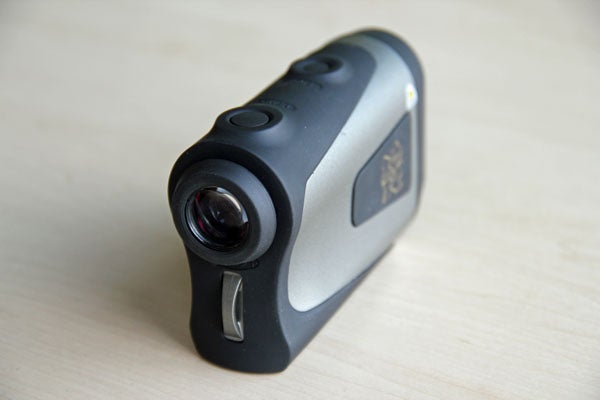
It’s all very solidly put together with a tough plastic chassis finished in a combination of gun metal paint and soft touch matt black around where you grip the device. Waterproof to 1m for 10 minutes and with hefty rubberised sections protecting the lenses, it should survive most outdoor trials and tribulations.
On the whole it feels comfortable to use, with the buttons falling right under your index and middle fingers, and it feeling natural held up to your eye. However, we do have a couple of issues.
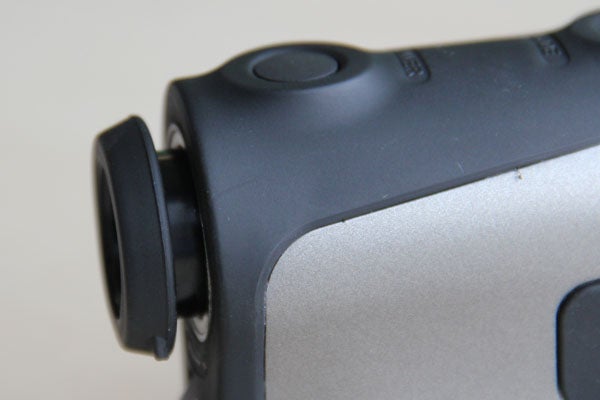
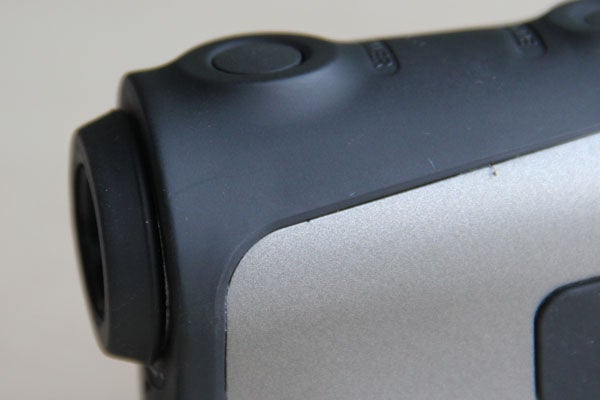
The first is adjusting the focus of the eyepiece. It uses a manual focus mechanism adjusted by rotating the eyepiece. It’s not something you should need to use all that often but when you do need to it’s not all that easy to use. This is because you need to hold the eyepiece to your eye to see what’s what but also need to rotate it, and it’s only a narrow strip of rubber that you have to grip. A wheel on the top edge would be a much nicer way of doing this.
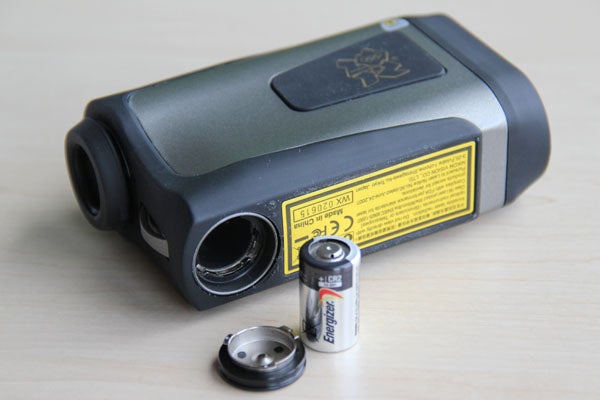
Also, the battery is of the uncommon CR2 variety so if you run out of juice when out and about finding a replacement will be a potentially difficult task.
Performance
Otherwise the Laser 1000AS performs admirably. The optics are top quality with a large bright field of view that suffers almost no optical aberrations and provides pin sharpness.
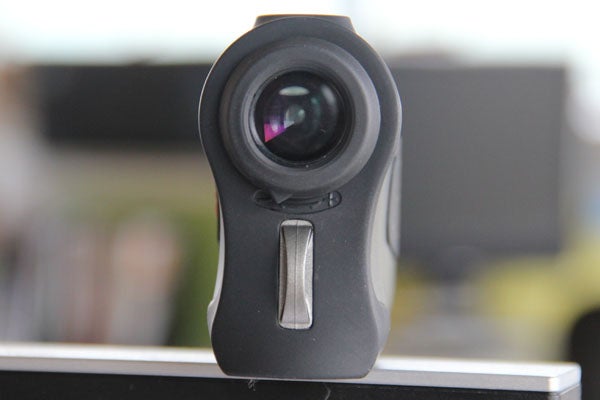
The magnification factor provided is demonstrated by the images below which show the view from the roof of our offices. The image on the left shows a view equivalent to what the naked eye would see while the one on the right is approximately what the 1000AS would show. With the rangefinder, the Latin text around the griffins’ feet on the sign is just about visible, if you’ve a steady hand (Domine Dirige Nos, in case you were wondering).

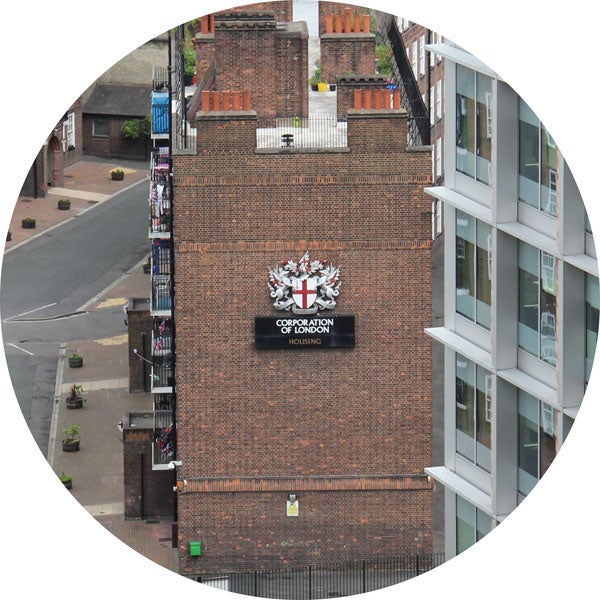
The display is very simple, using an overlaid LCD that shows distances, the mode, battery life and a crosshair for (s)picking your target(/s) helping you aim.
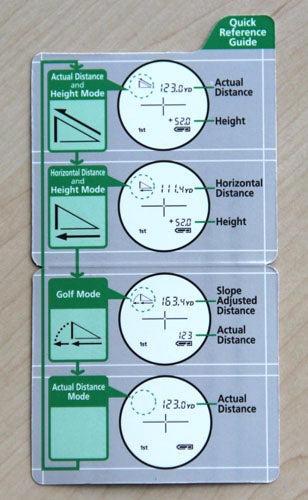
Range finding ability is excellent with correct distance calculated near instantly. We found accuracy and speed of calculation dropped off as distance increased (particularly over about 600m) but it generally still got there in the end. There were a few times, though, where it simply couldn’t pick out a measurement, especially for targets over 800m away.
One of the most useful features of this particular rangefinder is its height adjustment. When faced with an incline or decline you can switch between a direct distance mode that simply shows the straight line distance (the diagonal as it were), a horizontal distance mode that shows how far it is to that point as the crow flies and there’s a golf or slope-adjusted mode that calculates the horizontal distance plus/minus the height, which is the ideal one for calculating what club to select. The latter works very well, though by the very nature of a laser-base rangefinder, it can’t help if there are trees or other obstacles to account for too. It’s also worth noting that such tools aren’t legal in competition play.
Verdict
There’s no question the Nikon 1000AS is an expensive bit of kit considering its limited uses but for a slope adjusted rangefinder it’s competitively priced. A few alternatives can be had for closer to £250 but they offer lower magnification.
Trusted Score
Score in detail
-
Usability 8
-
Features 8
-
Value 7
-
Build Quality 9
-
Design 7

